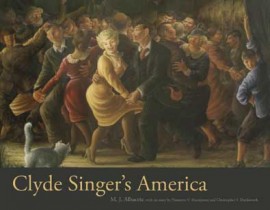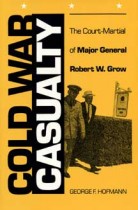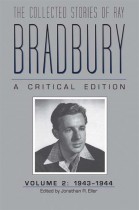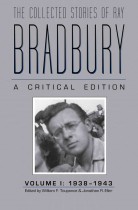Cloud Tablets
F. Daniel Rzicznek | Filed under: Poetry, Wick Chapbook
“F. Daniel Rzicznek’s Cloud Tablets presents to us prose poems as they’re meant to be—chock full of surprising images and compelling music. Where else would we find sheep in a library and a seraphim at a nightclub other than in a prose poem? Rzicznek presents these moments and others with the right mix of narrative and lyricism. There’s a gasp of surprise in each of these poems, exclamation points of existential joy waiting in the marginalia.”—Gary LaFemina










